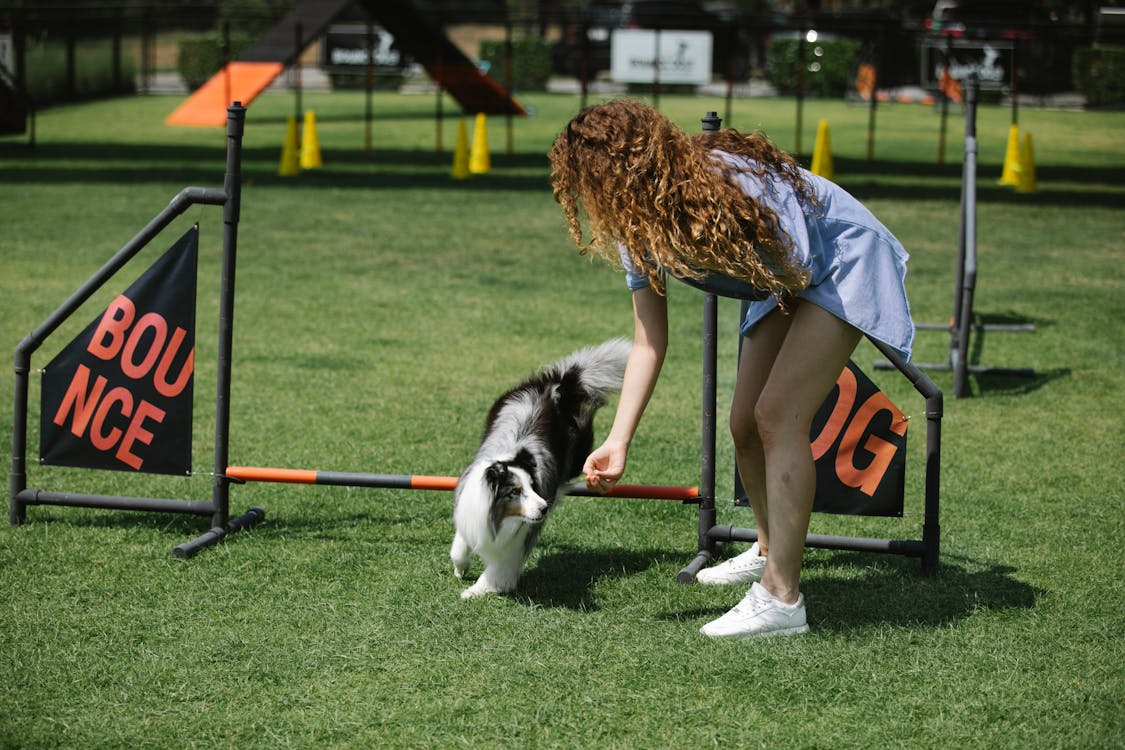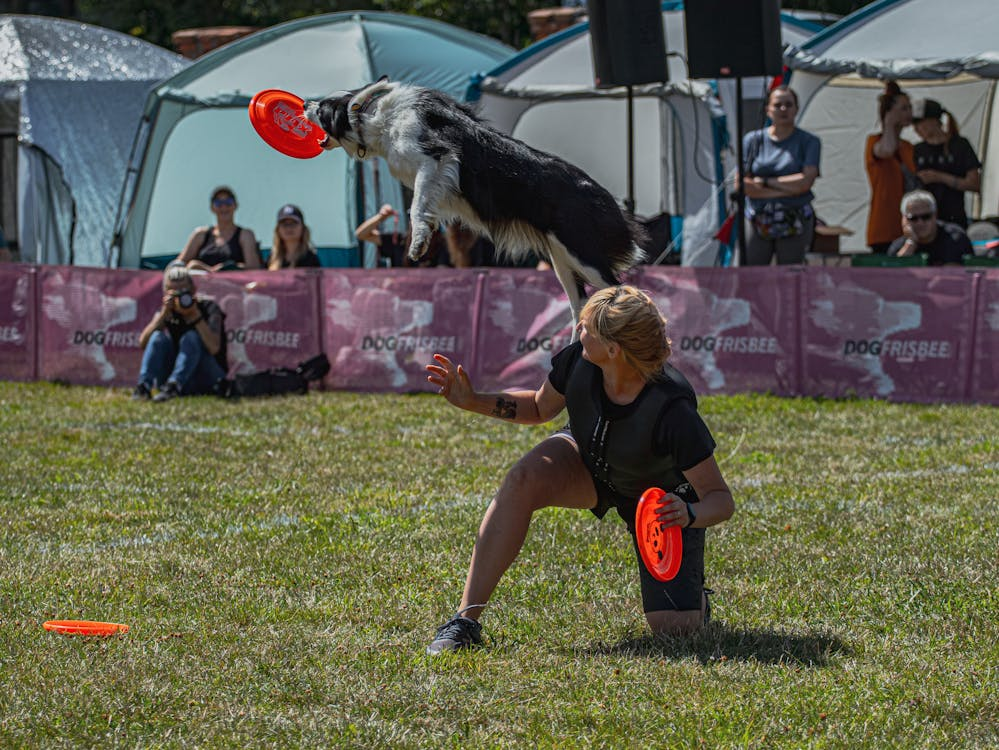Hiring someone to help train your dog can be a smart step toward better behavior and a stronger bond. However, several myths circulate about working with a dog trainer, often causing hesitation among pet owners. These misunderstandings can lead people to skip training altogether or attempt difficult behavior corrections on their own. Misconceptions range from cost concerns to believing training is only for certain types of dogs. We will explore five of the most common myths surrounding professional dog training and why they don’t hold up under real-world scrutiny.
Clearing the Air: Common Misconceptions About Dog Trainers
1. Myth: Only “Bad Dogs” Need Training
Many people assume that dog training at https://www.hkdogtraining.net/ is only for animals with serious behavioral issues—aggression, biting, or uncontrollable barking. But the truth is, all dogs can benefit from structured guidance, regardless of whether they’re causing trouble. Training helps dogs develop impulse control, understand boundaries, and communicate more effectively with their owners. A puppy who jumps on guests or an adult dog that pulls on the leash isn’t “bad”; they’re simply in need of clear direction. Dogs labeled as “good” often show subtle signs of stress, insecurity, or confusion that structured training can address. Even older dogs, thought to be “set in their ways,” often thrive once they receive consistent cues and expectations. Ultimately, dog training isn’t a punishment—it’s a tool that strengthens the bond between pet and person while reducing the stress and miscommunication that can lead to deeper problems.
2. Myth: You Can Just Do It All Yourself
While many owners are capable and committed, it’s a mistake to think that dog training is purely a DIY task. Online videos and books can offer helpful tips, but they can’t tailor those lessons to your dog’s personality, energy level, or background. Misreading a dog’s body language or incorrectly timing a correction or reward can unintentionally reinforce bad habits. Hiring a trainer is less about outsourcing your responsibility and more about learning how to communicate clearly with your dog. A good trainer works with both the pet and the owner, showing you how to lead calmly and consistently. Think of it less like giving up control and more like taking a well-informed approach to an important relationship. No two dogs are the same, and having an experienced observer can offer insights you might miss when you’re emotionally close to the situation.
3. Myth: Dog Training Is Just Too Expensive
Many dog owners worry that hiring a trainer will cost too much, but this belief often overlooks the value that training provides. Untrained dogs can cause damage to homes, create tension in households, and even lead to legal problems if their behavior escalates. Investing in training early can prevent these issues, saving you money and heartache in the long run.

Additionally, there are many different types of training services available—from group classes to private sessions—at a range of price points. It’s also worth noting that many trainers offer flexible packages or short-term programs that focus on key behavior issues. When compared to vet bills from preventable accidents or replacing destroyed furniture, training can be one of the most practical investments you make in your pet’s well-being. A well-mannered dog also opens up more opportunities for socializing, traveling, and freedom, adding further value to your experience as a dog owner.
4. Myth: Training Takes Away Your Dog’s Personality
Some people worry that training will turn their playful or quirky dog into a robotic, overly obedient shell of their former self. This couldn’t be further from the truth. Effective training doesn’t erase a dog’s personality—it enhances their ability to thrive in the world. By setting boundaries and building trust, training gives dogs more freedom, not less. Instead of being confined or corrected constantly, they learn how to navigate life in a way that keeps them safe and out of trouble.
A well-trained dog can still be goofy, curious, and full of life—they’re just also better at understanding what’s expected of them. Much like teaching a child how to behave in school doesn’t take away their individuality, training helps dogs function better within their environment while keeping their unique traits intact. It can even increase a dog’s confidence, particularly in those that tend to be nervous or unsure in unfamiliar situations.
5. Myth: Older Dogs Can’t Be Trained
The saying “you can’t teach an old dog new tricks” has been repeated so often that many believe it’s true. But age is far from a limitation when it comes to learning. Older dogs may take a bit longer to adjust to new routines, but they are often calmer, more focused, and eager to please. Whether it’s house training, leash manners, or resolving long-standing habits, senior dogs can respond very well to training—sometimes even better than high-energy puppies.

Older dogs may benefit more from mental stimulation, especially as their physical activity becomes limited. Training can give them a renewed sense of purpose and connection. The key is to tailor the approach to the dog’s needs, pace, and any medical conditions they may have. Don’t underestimate an older dog’s capacity to learn—it might surprise you just how willing and capable they are when given the chance.
Understanding the truth about hiring a dog trainer can make a big difference in your relationship with your pet. We’ve taken a close look at some of the most persistent myths and shown that they often stand on shaky ground. Training isn’t just for “bad” dogs, it doesn’t eliminate personality, and it’s not limited by age or breed. Far from being a last resort, professional training is a proactive way to set your dog up for a happy, balanced life. When done thoughtfully, it benefits not just your dog but your entire household and community.

